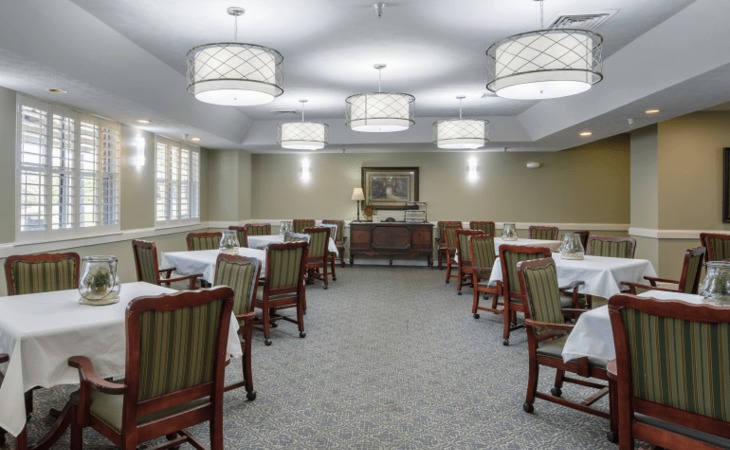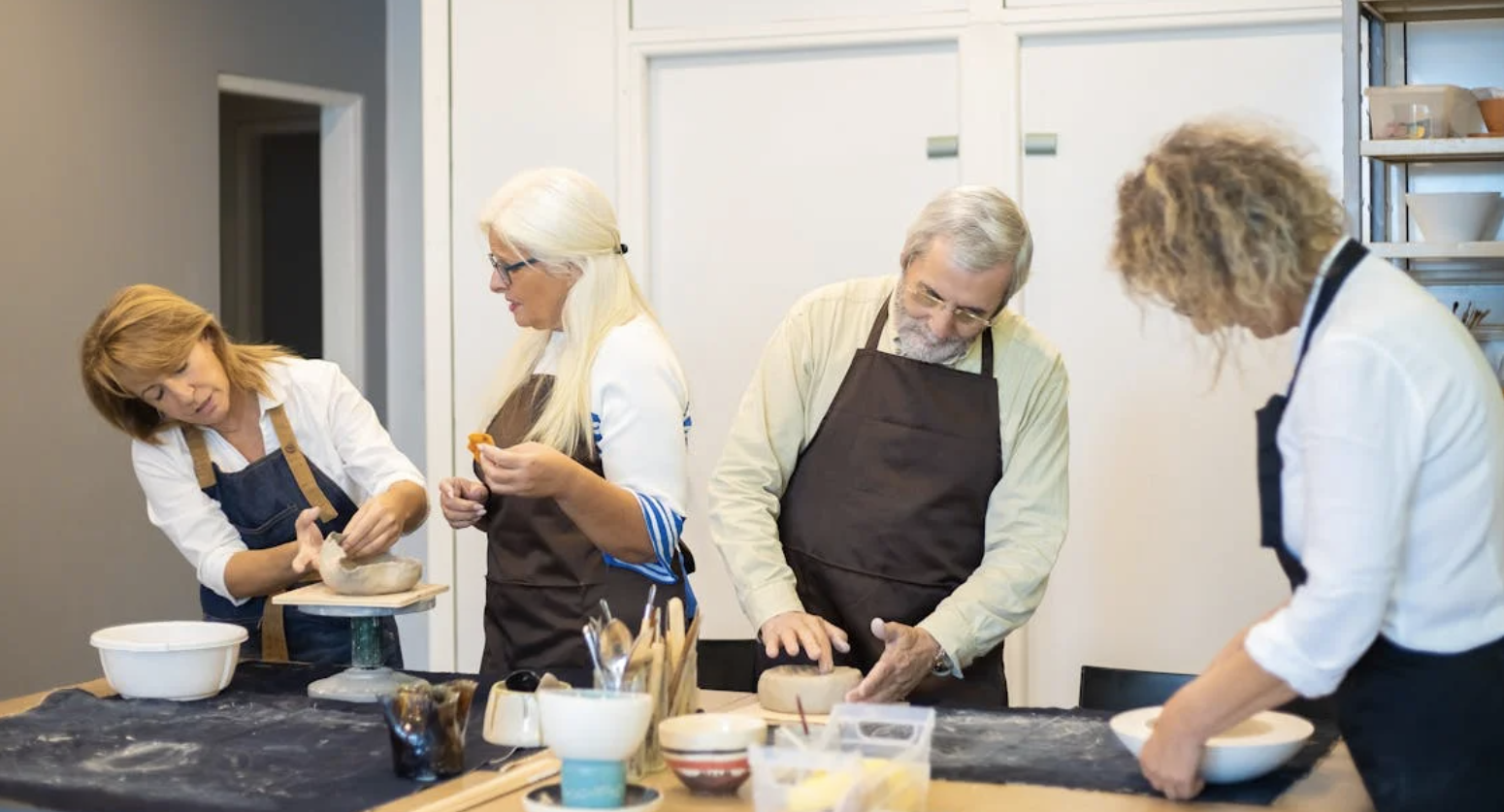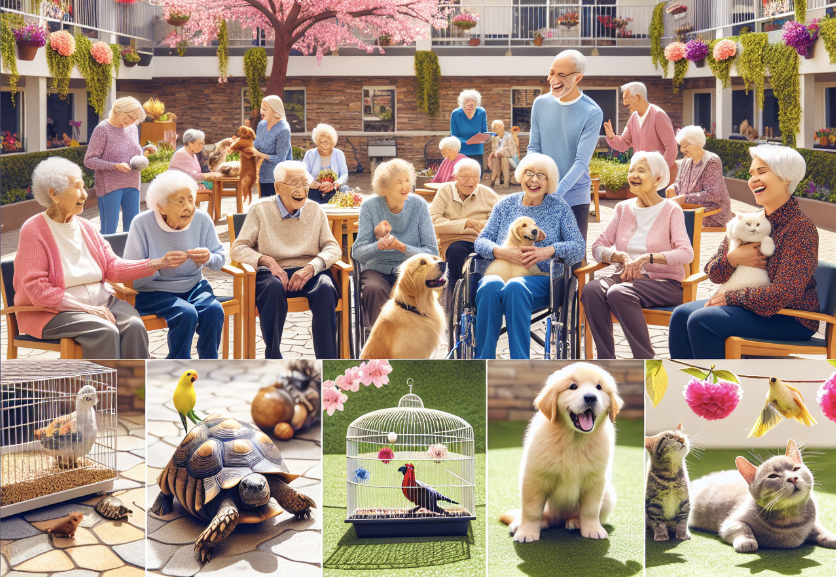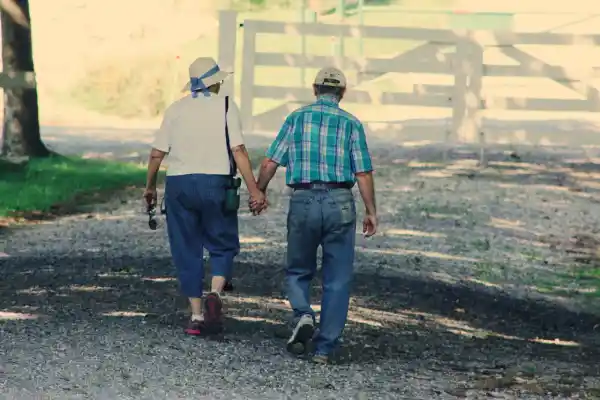Speak to a local care advisor at Assisted Living Locators by calling (888)-267-4741.
Learn about Assisted Living, Senior Living, Memory Care, and In-home care options.
Surprising Stats About Assisted Living
Assisted living communities are a residential option for seniors, providing a home-like environment where they can receive help with some daily living activities, as well as live comfortably and still maintain a high level of independence.
Whether it’s a sprawling complex in the suburbs or a high-rise in the city, an assisted living community ensures a good quality of life for its residents, day in and day out. They can enjoy a maintenance-free lifestyle, with personal care services such as cleaning and cooking taken care of by resident aids. They are also given physical and emotional support, and plenty of opportunities for social engagement through planned activities and events.
There are many different types of assisted living communities. Having a lot of options may be overwhelming, but it also means that you’ll be able to find a new home that is most suitable for your preferences and needs.
Here are 15 surprising facts about assisted living.
- Assisted living communities provide 24-hour support and access to care.
- More than 835,000 American seniors currently reside in assisted living communities.
- Majority of the population — approximately 70% — is female and mostly non-Hispanic white, age 85 and older
- There are nearly 1 million licensed beds in approximately 28,900 assisted living communities in the United States today.
- An average assisted living community contains approximately 33 beds.
- The average length of stay is 22 months, and then approximately 60% residents eventually move to a nursing care facility for more specialized care.
Residents require varying levels of assistance with daily activities, such as taking a bath, going to the toilet, getting dressed, eating, or walking. They often do not need 24/7 professional nursing care.
- Recent statistics for activities that usually require assistance are as follows:
- About 64 percent need help with bathing.
- An estimated 57 percent need help with walking.
- Approximately 48 percent require assistance to get dressed.
- About 40 percent need help going to the toilet.
- Roughly 29 percent need help going to bed.
- Approximately 19 percent need help eating.
- Many residents have a chronic or serious medical condition that can be easily managed without specialized nursing care:
- High-blood pressure affects about 52% of residents
- Arthritis affects 42%
- Alzheimer’s disease or dementia afflict 42%
- Heart disease is present in 34% of the population
- Depression is suffered by 31% of residents
Assisted living costs vary widely. Apartment-style living, obviously, is a pricey option; a private bedroom or a shared bedroom are also available at lower costs. Standard rates typically include basic services, such as regular meals, housekeeping, and 24-hour access to support staff; there may be additional fees for more specialized services.
- The average monthly and annual costs of assisted living services are $4,000 and $48,000, respectively. Some form of private pay (such as personal finances or long-term care insurance) covers these costs for the majority of residents.
- The national average for monthly room and board is around $3,300.
- Delaware has the highest rental cost for a one-bedroom room, at $6,690 per month, as per 2020’s available statistics.
- Almost 1 in 6 residents, or 16.5%, use Medicaid to cover the costs of daily services; the availability of Medicaid for this purpose depends on the state’s Medicaid program. Services that are usually covered include personal care and supportive services; room and board costs are not covered.
A good assisted living community only hires certified and/or experienced support staff. Most facilities provide dedicated support staff per resident or for a certain group of residents. Some facilities also have in-house registered nurses.
- The assisted living community workforce includes nearly 453,000 employees, as of 2019’s count.
- The Southeast region of the United States has the most senior housing communities in the country, with 3,672 in total. Southeast region states include Alabama, DC, Florida, Georgia, Kentucky, Maryland, North Carolina, South Carolina, Tennessee, Virginia, and West Virginia. The warm and sunny climates and relatively low crime rates in these states attract a big number of retirees. The average monthly rents in this region are also on the lower end of the scale.
- A survey of North American respondents revealed that approximately 17 percent indicated that they would be willing to move into a senior living community when they’re over 80 years old if money was not a problem.
Common Services Offered at an Assisted Living Community
- At least three meals a day, often served at a common dining area.
- Housekeeping
- Laundry services
- Transportation
- Assistance with eating, walking, bathing, getting dressed, going to the toilet, and going to bed.
- Social and recreational activities
- Exercise and wellness programs
- Assistance managing medications
- Access to health and medical services
- 24-hour staff availability
- Emergency call systems for each living space
- Round-the-clock security
Some communities provide a downsized apartment-style living; others provide private or shared bedrooms. When choosing an assisted living facility, take note of the following:
- The place should feel homey, safe, and secure.
- All the areas within the community are clean and fresh.
- Housekeeping is done regularly.
- The facility offers activities that you’ll enjoy.
- The food is appealing and healthy.
- The other residents are happy, healthy, and active.
- Health emergencies are handled efficiently.
- All members of the staff are genuinely friendly, attentive, and caring.
- The facility is licensed and in compliance with your state’s requirements.
The Benefits of Assisted Living
Moving into an assisted living community does not signal the end of your independence, freedom, and familial and social connections. It is a shift towards an assisted and worry-free lifestyle that prioritizes your comfort and safety, but does not take anything away from the quality of your life.
The benefits of living in such a community include:
- Support and access to care 24 hours a day.
- A personalized plan designed for each resident’s specific needs.
- Privacy, safety, and security.
- Having the freedom to perform activities according to one’s level of comfort and abilities, as well as the freedom to travel outside the community.
- Being able to maintain a high level of independence.
- Opportunities for social engagement through planned activities and events.
Should You Live in an Assisted Living Community?
Leaving the comforts of your own home is a difficult decision to make. Take the time to explore your options so you can make a well-informed decision based on your needs and concerns. Talk to your family or a close friend about it.
If any of the following is true for you, you should consider moving into an assisted living community:
- Your family or friends are not able to provide all the help you need with day-to-day living.
- You often feel isolated and lonely.
- Maintaining your home is too much work for you and you’re no longer able to keep your home neat and tidy.
- You’re worried about your safety.
- Transportation is a serious issue.
Ensuring that your senior years will be happy and fulfilling ones should be your priority. Accepting the reality that you may need some assistance with certain aspects of your daily life should not be a source of shame; your focus should be on making sure that you are still able to live fully, every single day, with minimum worries and risks.
Statistics sources:
https://www.ahcancal.org/Assisted-Living/Facts-and-Figures/Pages/default.aspx
https://www.statista.com/topics/4817/housing-for-seniors-in-the-us/












